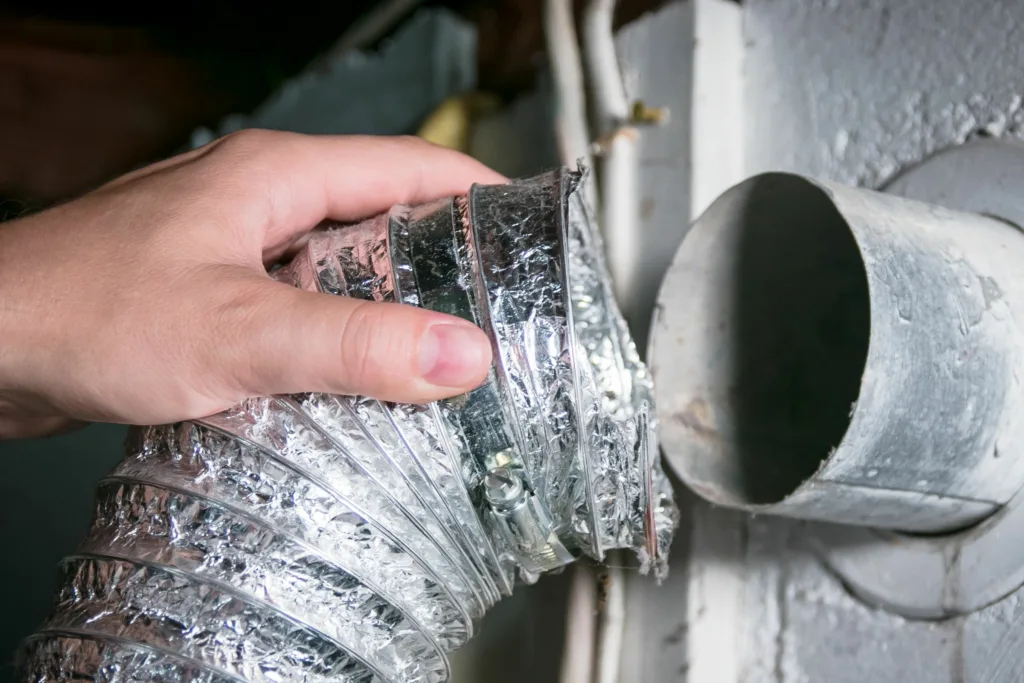
Are you struggling with a washing machine full of water and don’t know what to do? Don’t worry, we’ve got you covered. In this blog post, we’ll walk you through the step-by-step process of draining a washing machine full of water. Whether you’re dealing with a clogged drain or a malfunctioning pump, our guide will help you get your machine up and running again in no time. So grab your tools and let’s dive in!
Washing Machine Maintenance Guide
- 1. Open the washing machine door.
- 2. Clean the lint filter:
-
_______________________________ | | | | Lint Filter | | |_______________|_______________|Remove the lint filter and clean it under running water. Make sure to remove all lint and debris. - 3. Clean the detergent drawer:
-
_______________________________ | | | | Detergent Drawer | | |_______________|_______________|Take out the detergent drawer and clean it thoroughly. Check for any residue or mold buildup. - 4. Inspect the hoses for any damage or leaks.
- 5. Wipe down the inside of the drum:
- Remove any residue using a mild detergent if necessary.
- 6. Check the door seal:
- Look for tears or gaps in the door seal. Replace it if needed.
- 7. Securely close the washing machine door.
- 8. Run a cleaning cycle:
- Follow the manufacturer's instructions. Use a washing machine cleaner to remove buildup in the drum and pipes.
- 9. Regularly check and clean the drain pump filter:
-
_______________________________ | | | | Drain Pump | | |_______________|_______________|Locate the drain pump filter, usually at the front bottom of the machine. Clean it to prevent clogs and ensure proper drainage. - 10. Remove excess water:
-
_______________________________ | | | | Excess Water | | |_______________|_______________|If there's excess water in the drum, use a small container or towel to remove it, avoiding damage to components.
Call Us for Washing Machine Repair in Durban
If you’re experiencing issues with your washing machine in Durban, don’t hesitate to give us a call for reliable and efficient repair services. Our team of experienced technicians is trained to handle various types and brands of washing machines. With our expertise, we can diagnose and fix common problems such as leaks, faulty motors, and malfunctioning controls. By choosing our repair services, you can save money on buying a new washing machine and extend the lifespan of your current one. We pride ourselves on providing prompt and professional service, so call us today to schedule an appointment.
